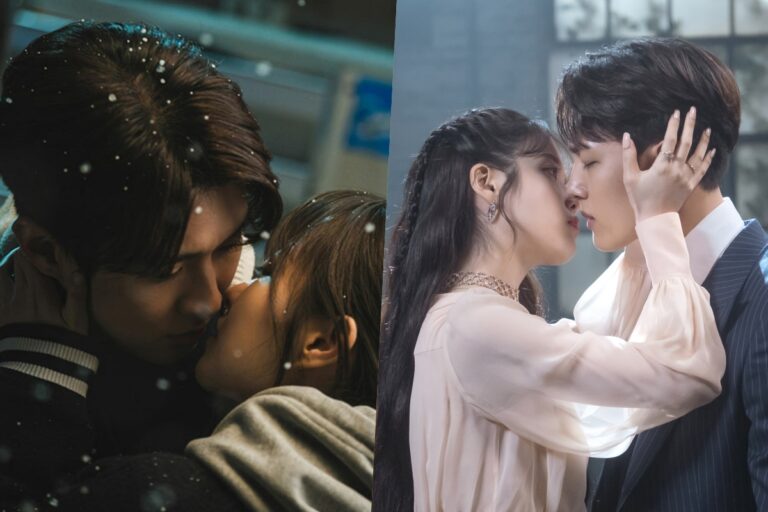Anúncios
If you’re a K-Drama fan, you’ve probably noticed something curious: no matter how intense the connection between the leads, their kisses are often subtle, restrained — sometimes even motionless. But why? The answer lies deeper than just directing choices — it’s rooted in culture, aesthetics, narrative pacing, and even the personal branding of the actors involved.

Culture and Conservatism
South Korea, while globally recognized for its technological advancements and cutting-edge pop culture, remains a society that upholds deeply rooted Confucian values. These values prioritize modesty, family honor, and social harmony — elements that heavily influence media production, especially television.
Public displays of affection (PDAs) are still considered inappropriate in many everyday settings. This cultural norm extends naturally into the realm of entertainment. As a result, most Korean dramas — especially those airing in prime-time slots — avoid explicit romantic content. Instead, they opt for more subdued, symbolic representations of love and connection.
Furthermore, K-Dramas are designed to cater to a wide demographic, often spanning multiple generations within a single household. Teenagers, parents, and grandparents may all watch the same show together, making it crucial for producers to strike a balance between romantic storytelling and cultural sensibility. Thus, the “almost-kiss” or the quiet, lingering peck becomes a universal language of affection — one that doesn’t alienate any part of the audience.
Directorial Style and Emotional Storytelling
In contrast to the fast-paced and physically expressive romantic styles often found in Western media, K-Dramas are masters of emotional buildup. Directors favor a slow-burn approach, choosing to focus on emotional nuance over physical passion. The storytelling emphasizes anticipation, tension, and longing — often conveyed through extended eye contact, subtle body language, or a brush of the hand.
When a kiss does finally happen, it is rarely just a kiss. It’s the culmination of episodes — sometimes an entire season — of emotional investment. This stylistic choice turns what might seem like a “tame” moment into a highly charged, transformative event for both the characters and the audience. It’s not about the kiss itself, but what it represents: trust, vulnerability, and emotional release.
Actors, Idols, and Public Image
Another important factor is the public image of the actors — particularly when they are also K-pop idols. In South Korea, celebrity culture is heavily influenced by fandoms, and many fans develop strong emotional attachments to their favorite stars. These fans often have clear expectations about how their idols should behave, both on and off screen.
For this reason, many actors are cautious about the roles they choose and how they are portrayed in romantic scenes. Participating in overly intimate or provocative moments could lead to public backlash or even damage their carefully curated reputations. Kissing scenes are, therefore, often choreographed with precision — sometimes even filmed in a way that suggests intimacy without fully showing it.
Production teams also take these concerns seriously, using clever camera angles, editing tricks, and body doubles when necessary to protect both the integrity of the story and the actor’s public persona.
Marketing and Global Appeal
Finally, the restrained nature of K-Drama romance is also a strategic move for global appeal. With a rapidly growing international fanbase, producers are keenly aware that subtle, emotionally-driven storytelling often resonates more universally than overt sensuality. This stylistic choice allows K-Dramas to transcend language and cultural barriers, drawing in audiences from conservative societies as well as those seeking a more emotionally grounded form of romance.
In Conclusion
What may appear to be a lack of passion in K-Dramas is actually a deliberate and culturally informed creative decision. The restrained kisses, the long pauses, the hesitant touches — they’re all part of a storytelling tradition that values emotional depth over physical immediacy. And perhaps that’s exactly why fans around the world keep coming back — not for the kiss itself, but for the promise, the buildup, and the emotional payoff that only a well-crafted moment can deliver.






